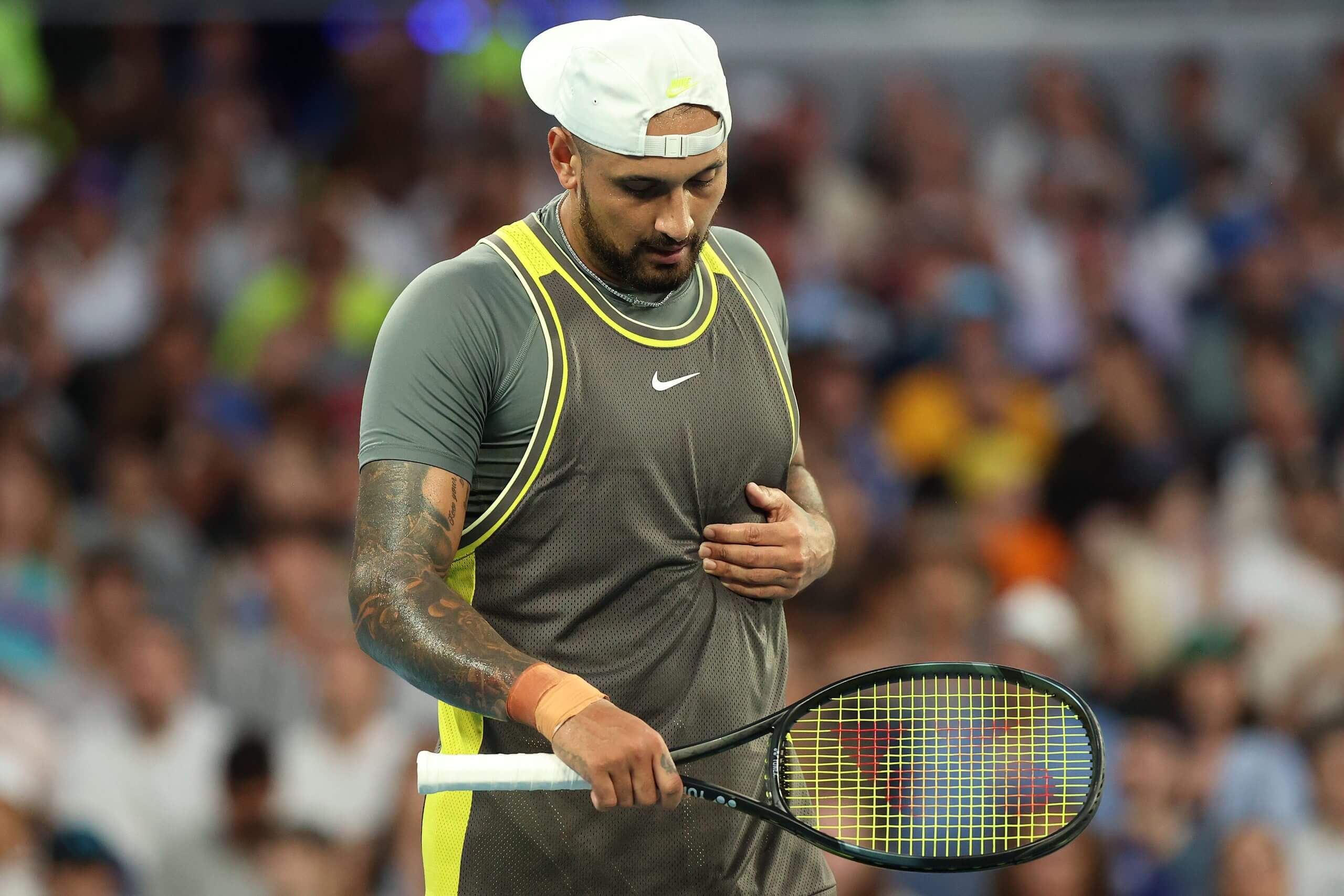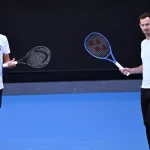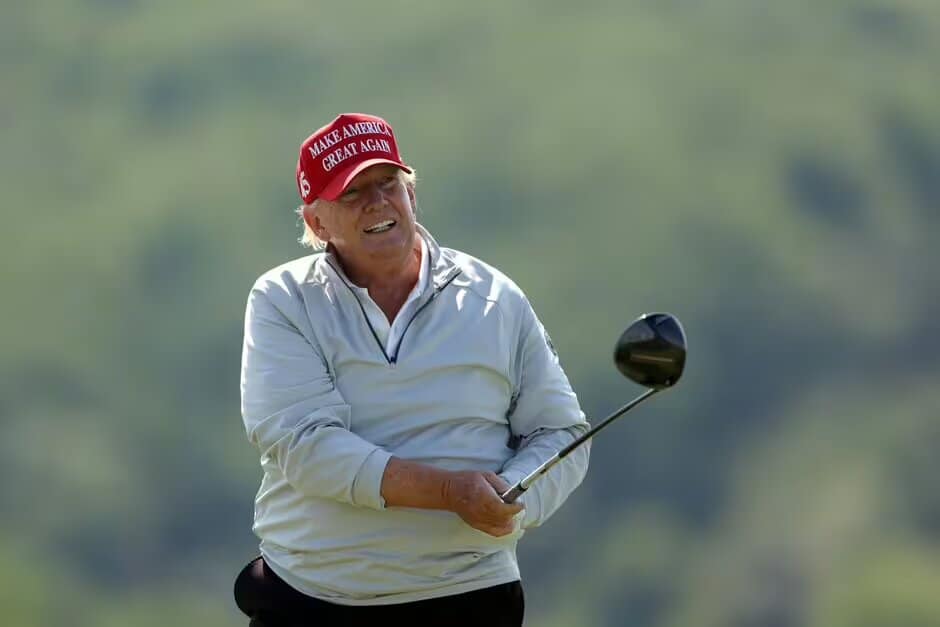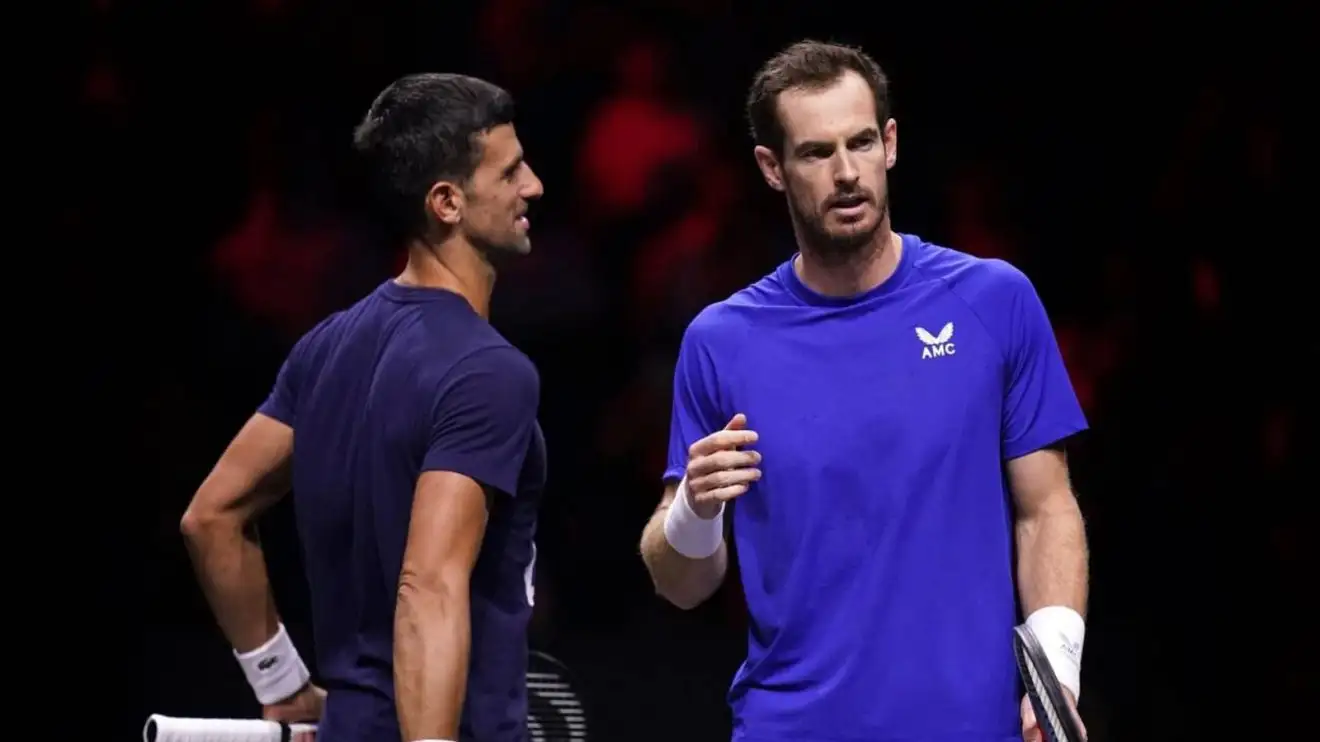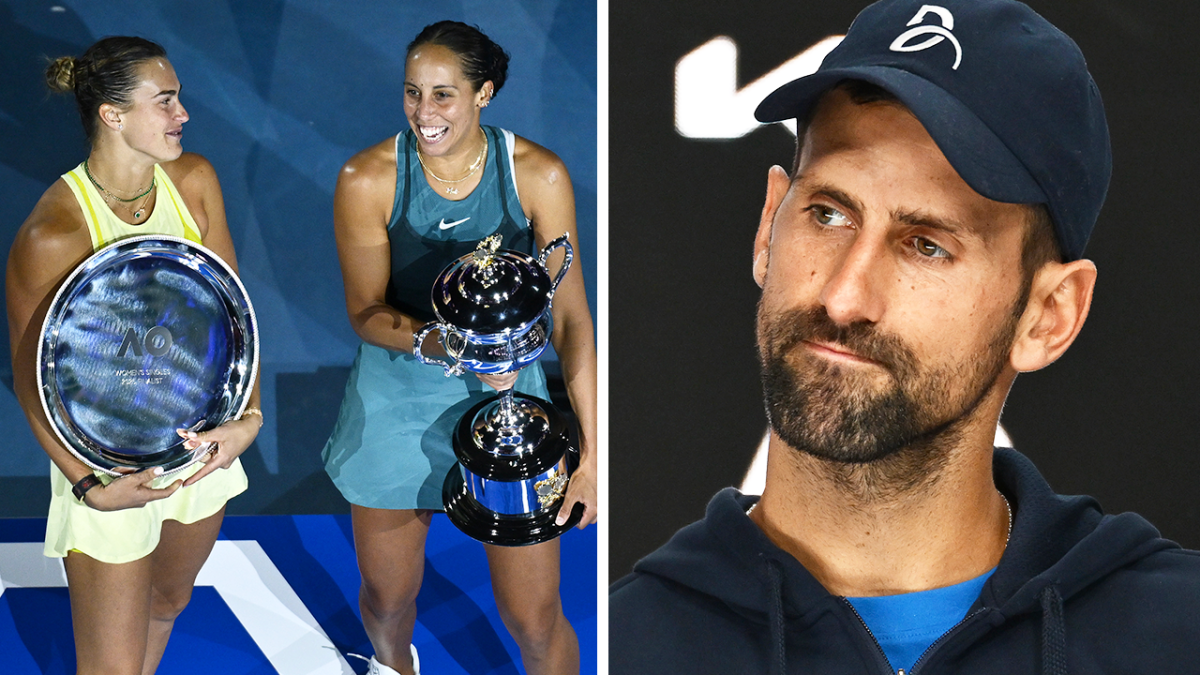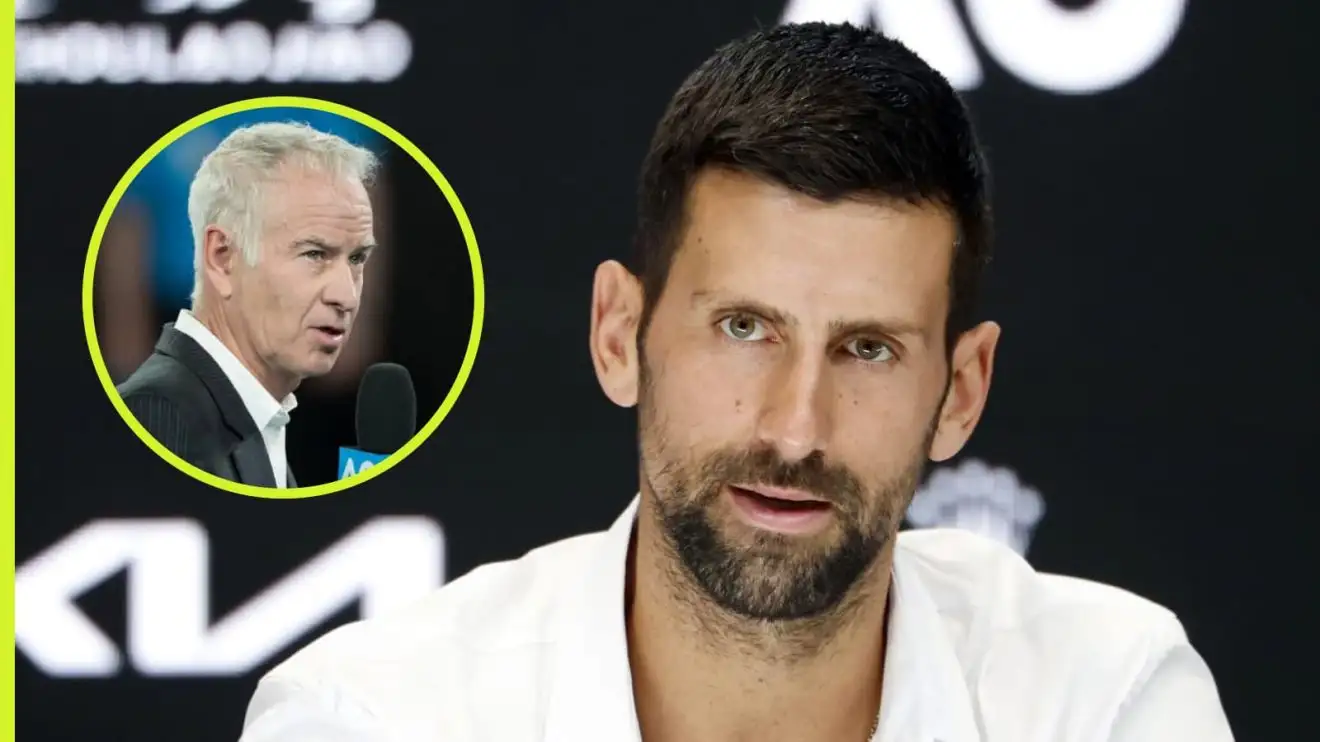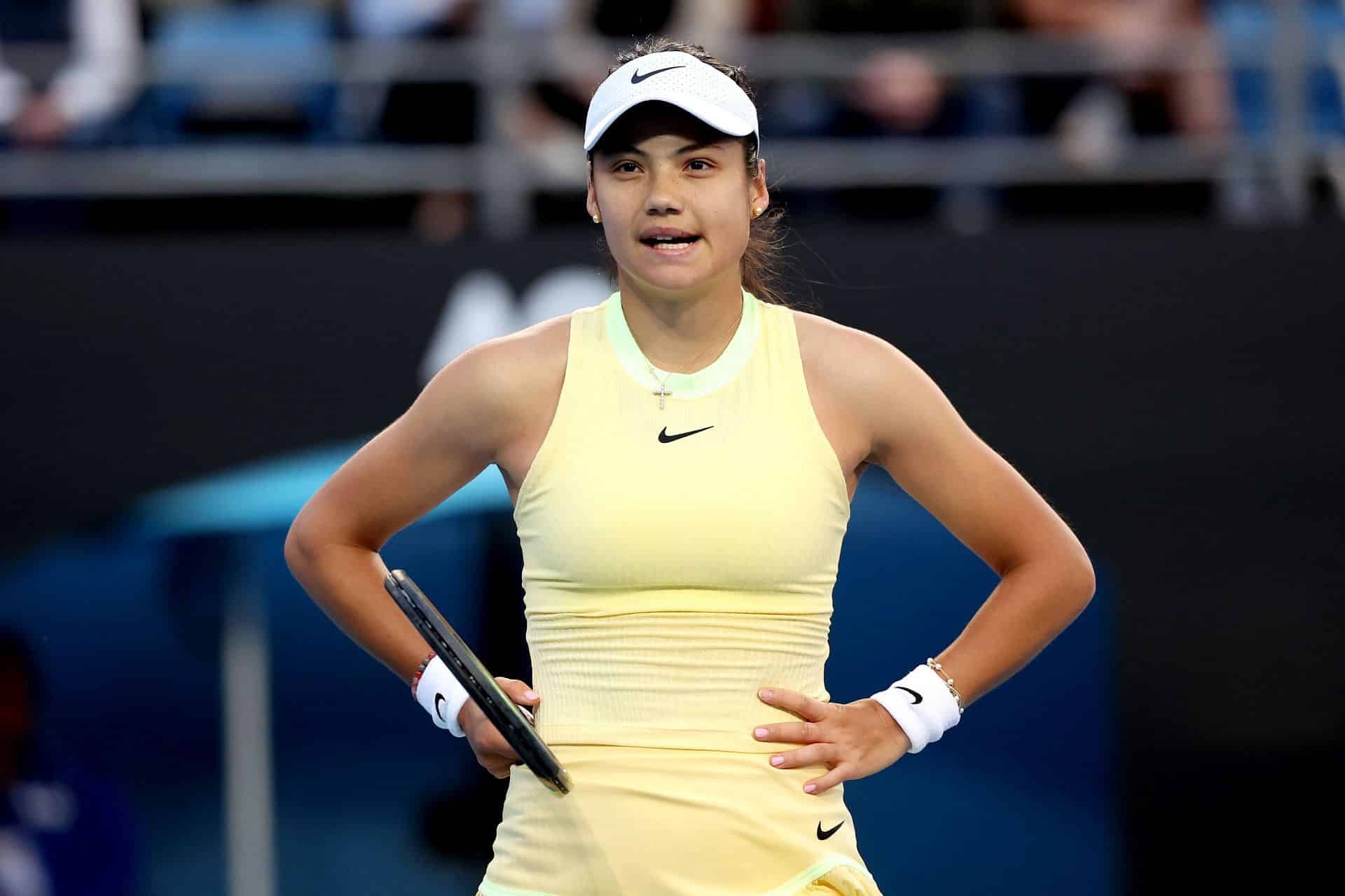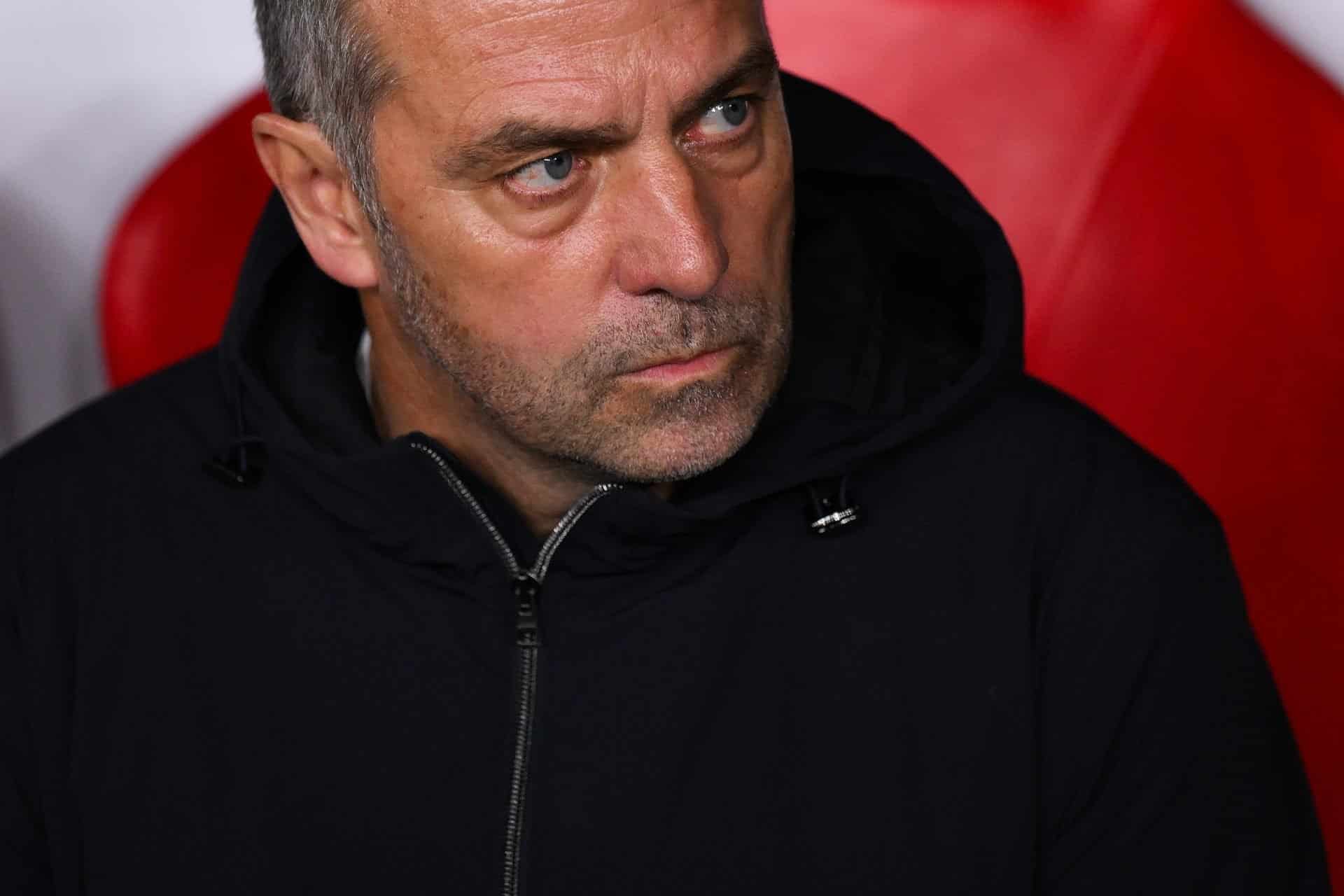Nick Kyrgios has shared his thoughts following the news that tennis player Goncalo Oliveira tested positive for methamphetamine.
The International Tennis Integrity Agency (ITIA) revealed that Oliveira, a Portuguese-born player now representing Venezuela, has been temporarily banned from tennis after failing a drug test.
Oliveira, aged 29, was tested during an ATP Challenger event in Mexico on November 25, where his A sample was found to contain methamphetamine, a substance banned under the tennis anti-doping rules. He did not have a therapeutic use exemption for the drug, leading to his suspension which began on January 17. Oliveira has not appealed the suspension.
Reacting to this, Kyrgios took to Instagram, describing the situation as the “world has gone mad.” Known for his vocal stance on doping, especially after Jannik Sinner’s case, Kyrgios pointed out the irony in doping rules.
Sinner had tested positive for clostebol, an anabolic steroid, but was cleared due to no fault or negligence after proving contamination from his physiotherapist’s treatment.
Despite this, Sinner lost his ranking points and prize money from the Indian Wells Masters, though he wasn’t further penalized. The World Anti-Doping Agency appealed this decision, suggesting some responsibility on Sinner’s part.
Kyrgios has criticized the handling of Sinner’s case previously, and he revisited the topic with Oliveira’s suspension, sarcastically commenting, “Steroids are fine but this is wild,” alongside laughing emojis, indicating his disbelief in the current state of doping regulations in tennis.
Oliveira, in response to his suspension, has expressed his intent to be transparent and honest about the situation.
“This is a truly difficult moment for me – one that feels harder than the many injury setbacks I’ve faced throughout my career.
“But just as I’ve always done, I’m determined to face this challenge with head-on with strength and resolve. I have always competed with the utmost integrity, respect and love for the game of tennis.
“I am fully committed to proving my innocence and ensuring that the truth is brought to light. I am cooperating transparently with proactively with the ITIA, and working with lawyers to seek a swift resolution of this unfamiliar process.”
Cameron Norrie’s opponent calls for ATP umpire to be removed and refuses handshake
Reilly Opelka made headlines by refusing to shake hands with the chair umpire after a heated conclusion to his match against Cameron Norrie at the Dallas Open.
During the match’s final stages, Opelka, serving at 5-4, 30-30, was distracted by a heckler. Frustrated by the disruption, he yelled at the spectator to “get out of here” and was consequently hit with a point penalty. Despite this, Opelka managed to secure the win with a score of 4-6, 7-6(5), 6-4, advancing to the quarter-finals.
The match was close, with Norrie being just two points away from victory in the second set’s tiebreak. However, Opelka staged a comeback. The aftermath saw Opelka publicly criticizing the umpire, suggesting he should be removed from officiating duties and placed on the sidelines, evidently upset over the handling of the heckling situation.
He turned to face the heckler, confronting them. “You doing it on f***ing purpose or what?” Opelka asked before telling them to get out.
Chair umpire Greg Allensworth quickly issued Reilly Opelka a code violation for using audible obscenity, leading to a point penalty that handed Cameron Norrie a break point at a pivotal moment in their match.
The crowd was taken aback by the call, considering the disruptive behavior of a heckler. Opelka, ranked No. 145, approached the chair to argue his case, emphasizing the necessity of addressing the spectator’s interference.
Despite the supervisor being summoned to the court, Allensworth’s decision stood firm. Opelka managed to fend off the break point, securing his place in the semi-finals.
Following the match, Opelka chose not to shake hands with the umpire and openly criticized his officiating.

